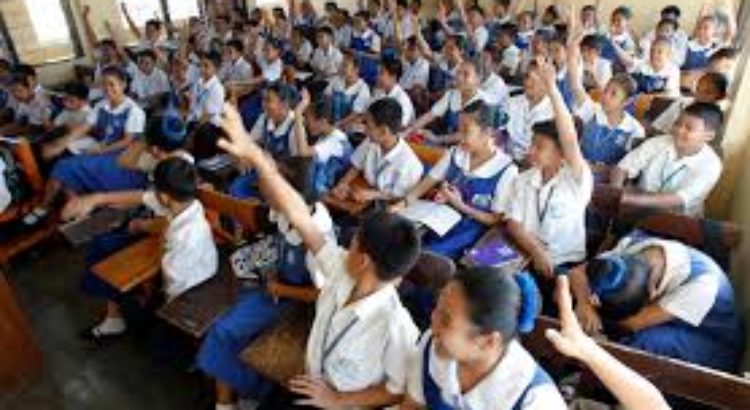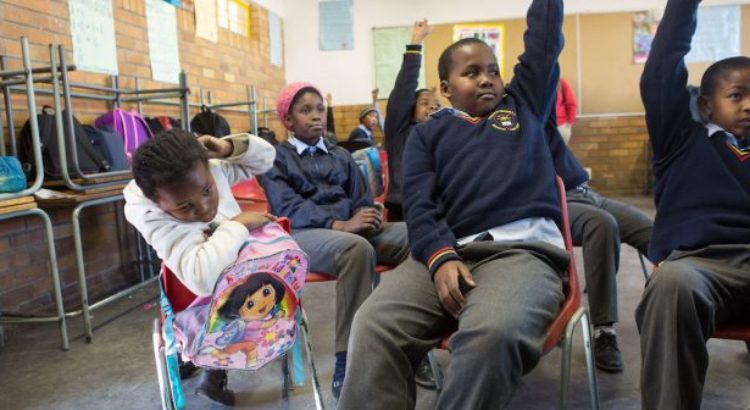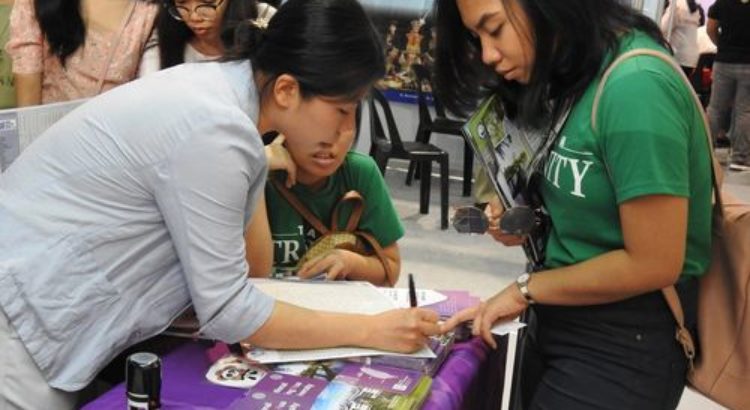By: Katrina Boone.
Reframing learning objectives and outcomes in the geographical, historical and local context of indigenous groups
On a sweltering summer day, students run back and forth on a grassy field. Frequently erupting in laughter, they playfully dodge one another.
On the ground, two balls about the size of tennis balls are connected by a leather strap, and the children race to lift the balls from the ground with long sticks.
These Native American children are learning to play double ball, a traditional indigenous game, or at least that seems to be the focus of their activity. But at the summer camp these students are attending, Native teachers and leaders are leveraging culture-based activities like double ball to engage students more deeply in exploring their Native identities and wellness goals.
The National Indian Education Association (a current client of Bellwether Education Partners) organized the Journey to Discovery and Wellness summer camp, which took place at Riverside Indian School in Oklahoma, to provide an opportunity for Native students to learn about physical, social and emotional wellness through the lens of cultural identity.
An abundance of research indicates that culture-based education, an approach at the heart of the camp, positively affects Native students’ college aspirations, sense of belonging in school and connection to community. Culture-based education not only has the potential to support students’ academic success, but also to foster the development of traits that transcend academic contexts, like resilience and confidence.
Despite this research, data suggest that some schools and districts are anything but interested in investing in the wellness or success of Native students. For example, a school district in Montana is being investigated by the U.S. Department of Education for systematically discriminating against and mistreating Native students.
Native American parents at Havasupai Elementary School in Arizona are suing the federal government and the Bureau of Indian Education for failing to educate their children, practicing excessive exclusionary discipline, violently restraining students and denying the community’s federally protected right to participate in school decision-making.
In general, Native students in K-12 public schools in the United States experience higher-than-average rates of suspension, expulsion and school-related arrests.
Culture-based education provides a path to healing. While Native American cultural values and ways of knowing vary widely from tribe to tribe, there are shared values among indigenous groups, including a focus on community, a sense of relationality, a sense of responsibility to self and others, a rootedness in place and the responsible use of power.
Paying attention to these shared values, and building a curriculum around them, provides an opportunity to diverge from the deficits-based framework through which Native students are often viewed, and instead come to understand the assets and strengths that define many Native students’ cultures.
Culture-based education also creates space to reframe learning objectives and outcomes in the geographical, historical and local context of indigenous groups. Most importantly, it provides a path to Native cultural vitality and sustainability, a path that helps Native students understand their positioning between the cultural knowledge, language and beliefs of the past and the application of that culture today and in the future.
At the Journey to Discovery and Wellness Camp, a camp mentor described how playing double ball provided an opportunity for exercise, but also for cooperation and teamwork, as well as considering what it means to be Native:
The students are wanting to play. As Native people, we were always like that. Like, playing double ball — that’s a traditional game. We were all outside learning to play it, and running and exercising and having fun and building a team. [The game] fuses all of these things together. And that’s revitalizing, to get to think about who you are.
An educational approach rooted in indigenous thought and philosophy doesn’t have to work in contrast to the educational values of the dominant culture that generally drive education in public schools. As indigenous author and educator Marie Battiste explains, “Indigenous knowledge fills the ethical and knowledge gaps” in mainstream education.
In this way, culture-based education provides a path to healing and responsible citizenship for all of us. It helps students become aware of and comfortable with other belief and value systems. It furthers the goals of democracy and leads students of all ethnicities and races to think more deeply about their own cultural identities while also broadening their understanding of the experiences and perspectives of others.
Finally, the fruits of culture-based education can help us understand this country’s moral debts and how to pay them. Native Americans have for too long lived in a country controlled by men who, for nearly 300 years, have consistently “elevated armed robbery to a governing principle.” Through forced removal, boarding schools and relocation, our government stole and erased Native Americans’ languages and cultural knowledge. An investment in recovering, restoring and revitalizing lost and stolen indigenous cultural knowledge could guide us in understanding this country’s bloody history and place us on a path toward reconciliation and equity.
Our country has a long history of racial oppression, and education has too often been a weapon against the oppressed. But culture-based education can be a tool of equity and liberation. Wound tightly within the coils of a culture-based education’s framework is an emancipatory potential, one that can provide space and structure for all students to learn about themselves and the culture and history that comprise their inheritance.
Source of the article: https://hechingerreport.org/opinion-culture-based-education-a-path-to-healing-for-native-youth/











 Users Today : 17
Users Today : 17 Total Users : 35460370
Total Users : 35460370 Views Today : 24
Views Today : 24 Total views : 3419124
Total views : 3419124